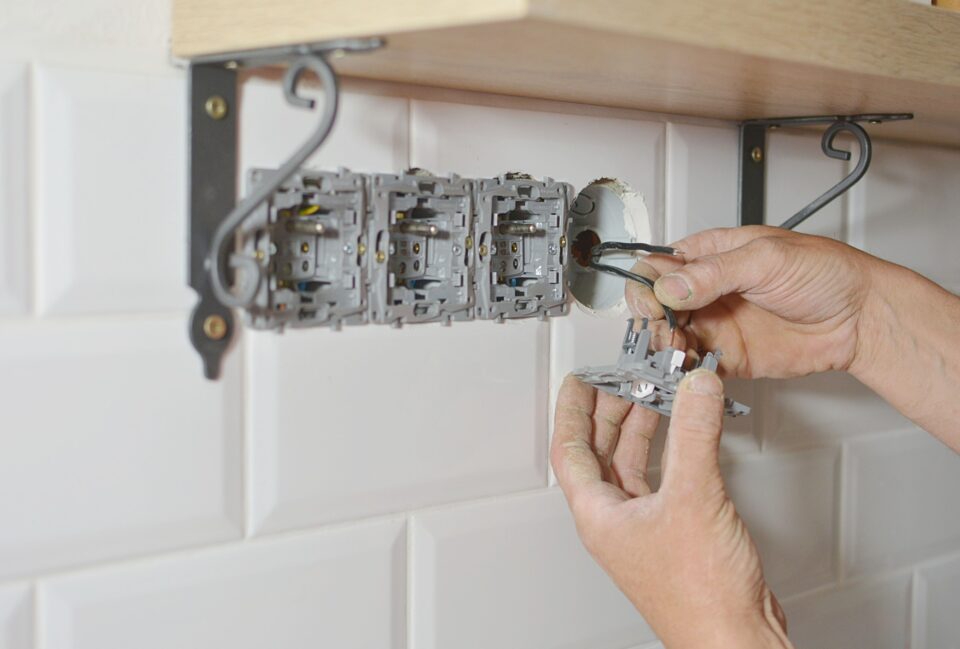Accidental damage can happen in even the most controlled environments. A bump, drop, or exposure can render a valuable device without a protective coating useless. Companies like Para-Coat Technologies specialize in these coatings and have developed the proper application techniques to ensure that everything will still function like new once the coating is applied. To go in-depth on the details of this technology, you can learn more here.
A Variety of Coatings Used in the World Around Us
There are five transparent conformal coatings used in the manufacturing process which each contain unique characteristics to help determine their application. Composed of varying thickness, weights, and application methods, these coatings include Parylene, acrylic, polyurethane, silicone, and epoxy. While some cover a wide variety of everyday items, others only apply to specific product industries.
The Transparent Coating That Saves Lives
Safety in the medical field is a top priority during the current pandemic, especially protecting patients from avoidable infections. Companies like PCT apply Parylene coatings to medical instruments, internally implanted devices, and prosthetics to ensure patients’ safety by forming a protective layer that prohibits any contact of the metals or plastics with bodily fluids or tissues. The coating also insulates electrical instruments to eliminate the chance of any current escaping and damaging internal organs. This FDA approved coating conforms to the exact shape of the item it surrounds without leaving any gaps or pinholes, making every device and tool safe to use or reside within the human body.
A Coating for Everyday Electronics
The use of electronic devices has exploded over the past few decades, inspiring the creation of smaller, more complex devices that are exponentially susceptible to accidental damage. Acrylic coatings protect the interior electronic hardware from moisture, abrasion, and bacteria without harming the device itself. Acrylic is also very easy to apply and can be reworked without much difficulty.
Covering Areas Touched by Hands and Feet
Polyurethane is a durable coating that commonly covers high traffic surfaces and safe plastic food packaging. It is resistant to organic growth, withstands heavy abrasion, and locks out all types of moisture. The coating requires specific stripping agents when a rework is necessary due to its high adhesion properties but is flexible enough to effectively bond in a low-temperature environment.
A Great Way to Waterproof Moisture Laden Areas
Most transparent coatings are rigid and thin, but silicone is a very soft and flexible material that protects against moisture while also offering solar light transmission. This coating is used commonly in cooking utensils, medicine, and around windows while also providing insulation for electrical components and working as a protective waterproof sealant. It can tolerate high temperatures, doesn’t support biological growth, and forms a tight seal between surfaces to help hold in or repel moisture.
This Coating Gets Walked Upon Daily
The strongest coating that is also the hardest to remove is epoxy, a resin created by mixing two chemical compounds. The resulting reaction causes the epoxy to become increasingly rigid as it dries and helps it become more resistant to both abrasion and heat than any other coating. Commonly used to protect flooring, anchoring objects during construction, and sealing off pipelines, this moisture-resistant substance eliminates the possibility of corrosion.
Serving to Protect and Help Heal
Conformal coatings are everywhere and serve to protect both people and the objects they cover. Many are invisible to the naked eye, but those that stand out tend to withstand all types of adverse conditions. Allowing companies like Para-Coat Technologies to apply these coatings helps create a longer-lasting, healthier product.

